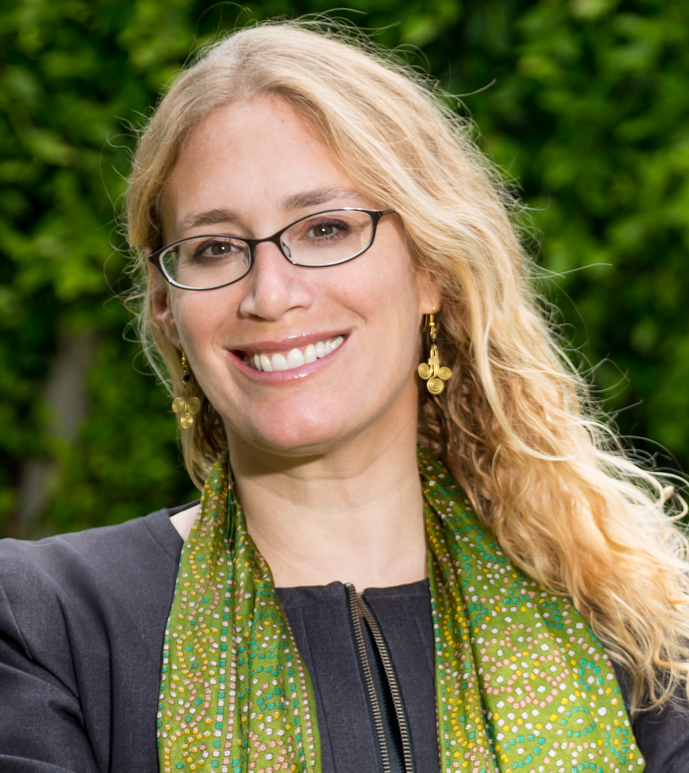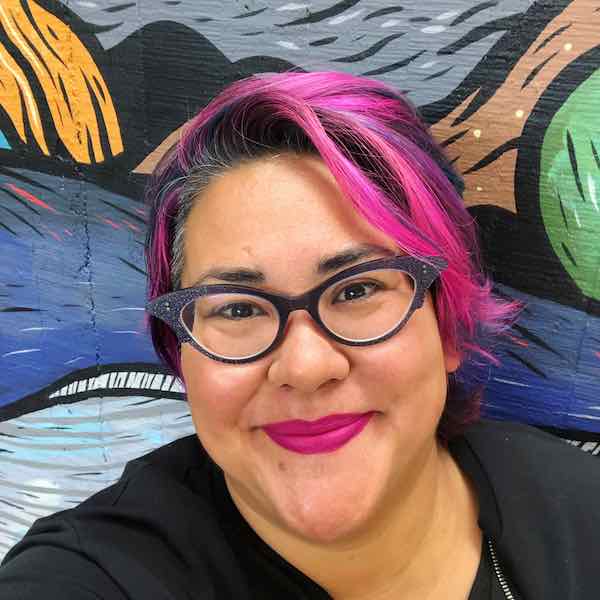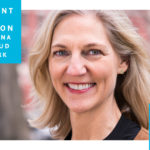Emerging Trends in the Impact Space
Fran Seegull is the Chief Investment Officer and Managing Director at ImpactAssets, a non-profit investment firm that seeks to increase the flow of capital to impact investing. She also teaches impact investing at USC’s Marshall School of Business. Seegull will lead the Impact Investing: State of the Field session at SOCAP15. We recently sat down for a conversation to hear her thoughts on the impact investing space in 2015 and to get a preview of some of what will be discussed at SOCAP this year.
This is your third year in a row leading the state of the field session on impact investing at SOCAP. What do you anticipate will be big topics of conversation at SOCAP15?
The mainstreaming of impact investing will be an overarching conversation at SOCAP15. Cambridge Associates and the GIIN recently launched a private equity impact benchmark, which signals a kind of “coming of age” for the field. We have started seeing some traditional asset managers launch impact investing initiatives (e.g. BlackRock and Bain Capital) and some of the wire houses and other financial institutions, including Goldman Sachs, JP Morgan, Morgan Stanley, Merrill Lynch, BNY Mellon and others, are deepening their commitments to the field through both acquiring and building assets, products and capabilities.
However, this sort of mainstreaming doesn’t necessarily extend to Main Street. Much of the expansion we have discussed benefits institutional investors (foundations, pension funds, university endowments) and high net worth families. However, we are starting to see the development of some products and services for retail investors. This democratization of impact investing is something that I am very interested in and is poised to transform impact investing.
Are there any affordable impact investment products, either in development or available now that you wish more individual investors were aware of?
I wrote a piece for Conscious Company Magazine called Impact Investing for the Rest of Us to highlight opportunities for retail or unaccredited investors. These include depository assets at community banks, ESG-screened mutual funds (Calvert Investments, Pax, Domini and others, and private debt offerings (Calvert Foundation Community Investment Note, for example). And, of course, there is the potential of equity crowdfunding for retail investors which may very well alter the landscape of funding for entrepreneurs.
You’ve also added your voice to the conversation around Gender Lens Investing and will be moderating a panel on the subject at SOCAP. What do you see as the relationship between investing with a gender lens and impact investing?
Gender Lens Investing focuses on supporting companies that are founded by women, or exhibit gender equity in the workplace (including on boards) or serve women consumers. I am excited to be organizing and moderating a panel at SOCAP on women entrepreneurs’ capital access, especially access to venture capital. Surprisingly and disappointingly, the percentage of women-owned business receiving venture capital hasn’t increased much since I started studying the subject in business school.
Women (and minority) entrepreneurs are disenfranchised from the power circles of funding in many ways. There are gaps in communication, knowledge, education, training and networking. The good news is that we are starting to see some of those gaps closing. There are a handful of venture capital funds, angel groups, accelerators and networking groups targeting women- owned businesses exclusively. Access to capital is a part of financial inclusion, which links gender lens investing to impact investing.
You will be interviewing Arjan Shutte of Core Innovation Capital at SOCAP15. Can you give us a sneak preview of some of the topics you plan to touch on during your conversation with him?
Arjan and I plan to speak about the tremendous impact and returns opportunities of investing in financial inclusion for the domestic unbanked and underbanked. We will also touch on Core Innovation Capital’s compensation scheme which links manager remuneration, in part, to the achievement of specific impact objectives—something we have discussed as a field, but unfortunately, rarely see in practice.
What is inspiring you in your work? What is giving you hope?
I teach a graduate-level class on impact investing at USC’s Marshall School of Business. Some of my students are MBAs and Public Policy students, but the majority of them are working toward a Master’s of Science in Social Entrepreneurship. It is one of the first social entrepreneurship master’s degree programs in the country. The mix of students in my class and the dialog we are having is tremendous. It is so exciting to see the interest level in the field among the millennial generation. My students have an unequivocal belief that we must have a more expansive notion of value—one that goes beyond shareholder value to include stakeholder value. I realize the students in my class are self-selecting, but I am heartened by their general understanding that the world cannot continue on its current path without major consequences.
2015 will be your seventh year at SOCAP. Can you share any tips for investors on how to get the most of out of SOCAP?
It is so tempting to attend to the SOCAP sessions that are directly relevant to your interests and professional situation—for investors to go only to the impact investing track, for example. That is fine, but what I recommend is to pick a couple of wildcard sessions, topics that you don’t know much about, sessions that maybe aren’t directly related to your job or your objective (like raising capital). Mixing it up can really be a terrific way to meet new people and spur new ideas.
Don’t always sit with the same people at meals. SOCAP can be overwhelming, and it is human nature to flock to the folks you know, to use them unconsciously as your social life raft. But the beautiful thing about SOCAP is that the community is really open. So try sitting with different people at every meal and engage them in a dialog.
In part, I use SOCAP for professional “speed dating.” I live in Los Angeles. There are some impact investors and fund managers who come through LA, but I don’t see nearly as many as if I worked at the Impact Hub in San Francisco. So I use SOCAP as a way of convening with folks with whom I have phone or email relationships, but have never met or rarely meet in person. I schedule and conduct 20-30 minute meetings with fund managers and others. So, I supplement the content of SOCAP with the community at SOCAP which I highly recommend.
If I had to pick one conference to go to annually, it would be SOCAP. To me, there is no other impact industry conference like it.
 Fran Seegull is Chief Investment Officer and Managing Director at ImpactAssets. She oversees firm product development and investment management (including investment selection, monitoring and reporting) for The Giving Fund—a $200 million impact investing donor advised fund. Seegull has a BS in Economics from Barnard College/Columbia University and an MBA from Harvard University. She is an Adjunct Professor at the Lloyd Greif Center for Entrepreneurial Studies and Senior Fellow at the Brittingham Social Enterprise Lab, both at USC’s Marshall School of Business. Seegull also serves on the Investment Committee of the Goldhirsh Foundation.
Fran Seegull is Chief Investment Officer and Managing Director at ImpactAssets. She oversees firm product development and investment management (including investment selection, monitoring and reporting) for The Giving Fund—a $200 million impact investing donor advised fund. Seegull has a BS in Economics from Barnard College/Columbia University and an MBA from Harvard University. She is an Adjunct Professor at the Lloyd Greif Center for Entrepreneurial Studies and Senior Fellow at the Brittingham Social Enterprise Lab, both at USC’s Marshall School of Business. Seegull also serves on the Investment Committee of the Goldhirsh Foundation.




